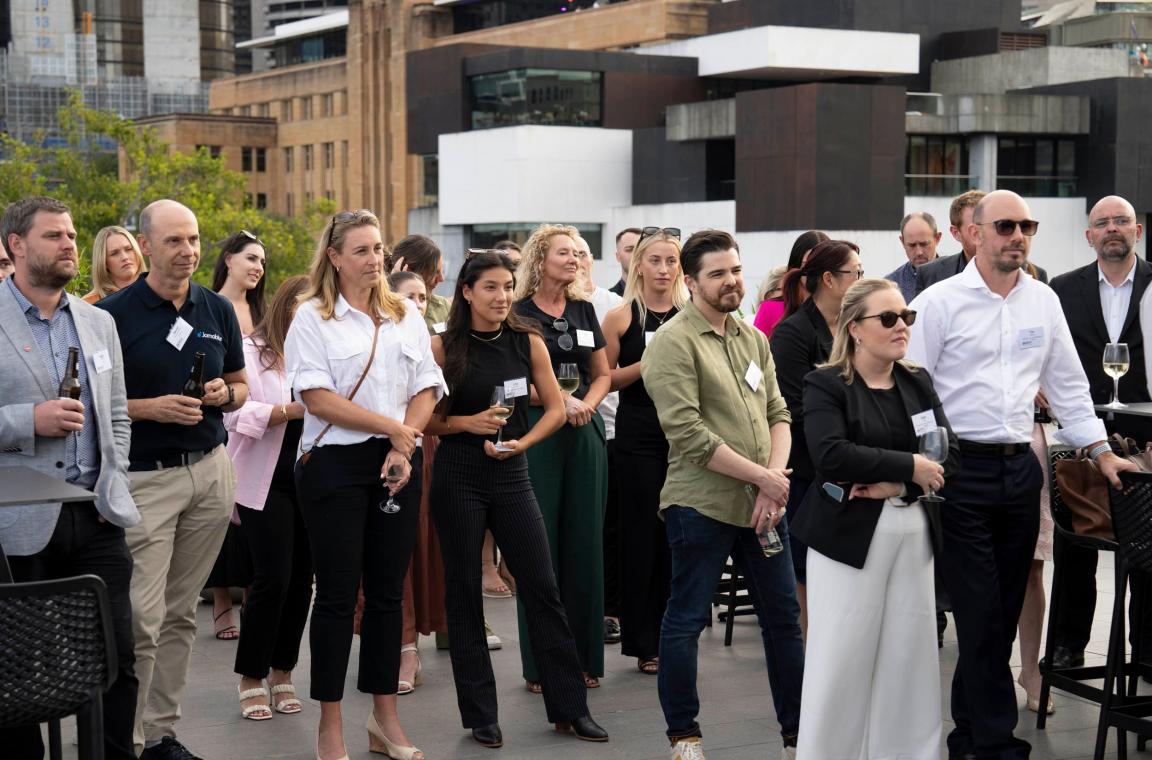
The biggest trends shaping events in 2024 - Wellness, social impact and more
By Chair, Vanessa Green
Like many business sectors, the events space has been impacted by significant change over the past few years, and this evolution will only continue. As Australia’s leading industry body for the events space, staying at the forefront of change is essential.
As Chair, these are some of the trends I see having the most significant impact on our sector in the year ahead and driving change.
Sustainability is no longer a nice to have
In the face of growing climate pressures, designing events with sustainability in mind is everyone’s business. As an industry, I think we need to take a holistic perspective on what this means, with different factors being weighted and prioritised by our clients.
Some of the factors under consideration include:
- Using hybrid events to reduce the carbon footprint
- Reducing single-use plastics at events
- Exploring catering options with lower food miles
- Using digital event collateral rather than printed programs.
Wellness is top of mind
I’m increasingly seeing event organisers wanting to include wellness elements in the event planning process. This can be as simple as ensuring adequate breaks are planned throughout the day, through to adding in sessions on stress management, meditation, physical movement and more.
I can only see this trend continuing to be prioritised by organisers and attendees, especially as mental health is a significant consideration for many people and organisations.
Putting the human first in event planning
I see a human-first approach to event planning and delivery spanning many elements across content design and event logistics.
On content, wellness-related sessions, as outlined above, address this human-first perspective. Equally, sessions designed to entertain and inspire, not just inform, speak to a human-first approach.
Then, on logistics, inclusive design is a vast area of focus that benefits all attendees, not just people with specific access requirements. Elements like wheelchair accessibility, closed captions and quiet zones – to name a few – help benefit a range of attendees beyond those who need those specific requirements.
Driving social impacts
There’s also a growing recognition that events operate within a broader business and community ecosystem. There’s an increasing trend to consider the impact of an event through perspectives like:
- How can events work with local suppliers to support small businesses and communities? Will this event cause any inconvenience for local community members?
- How can events create lasting change for attendees?
- What are the employment opportunities, both short and long-term?
- What human rights considerations are there for this event? For example, are we providing equal opportunities for people regardless of disability, ethnicity, sexual orientation, or gender?
- Are our speaker or entertainment choices reflecting the kind of diversity attendees are demanding?
Creating events with legacy
Finally, there’s the recognition that events continue to impact long after the day is done. This can include:
- Ensuring ways for attendees to stay connected after the event
- Publicising any breakthroughs from the event
- Reusing content in educational and marketing programs
- Providing on-demand replays of key sessions
- For large-scale events, this might encompass creating ongoing community programs
- For businesses, it can include creating employee working groups on key topics or creating new internal programs like employee wellness initiatives.
What trends do you see shaping events this year?
These topics and more will be up for discussion at the Asia Pacific Incentives and Meetings Event (AIME) in Melbourne on 19-21 February. I’ll be there and I’d love to catch up with MEA members to discuss the trends you see impacting events this year. And if you can’t make AIME, I look forward to connecting with you at MEA events throughout the year.

